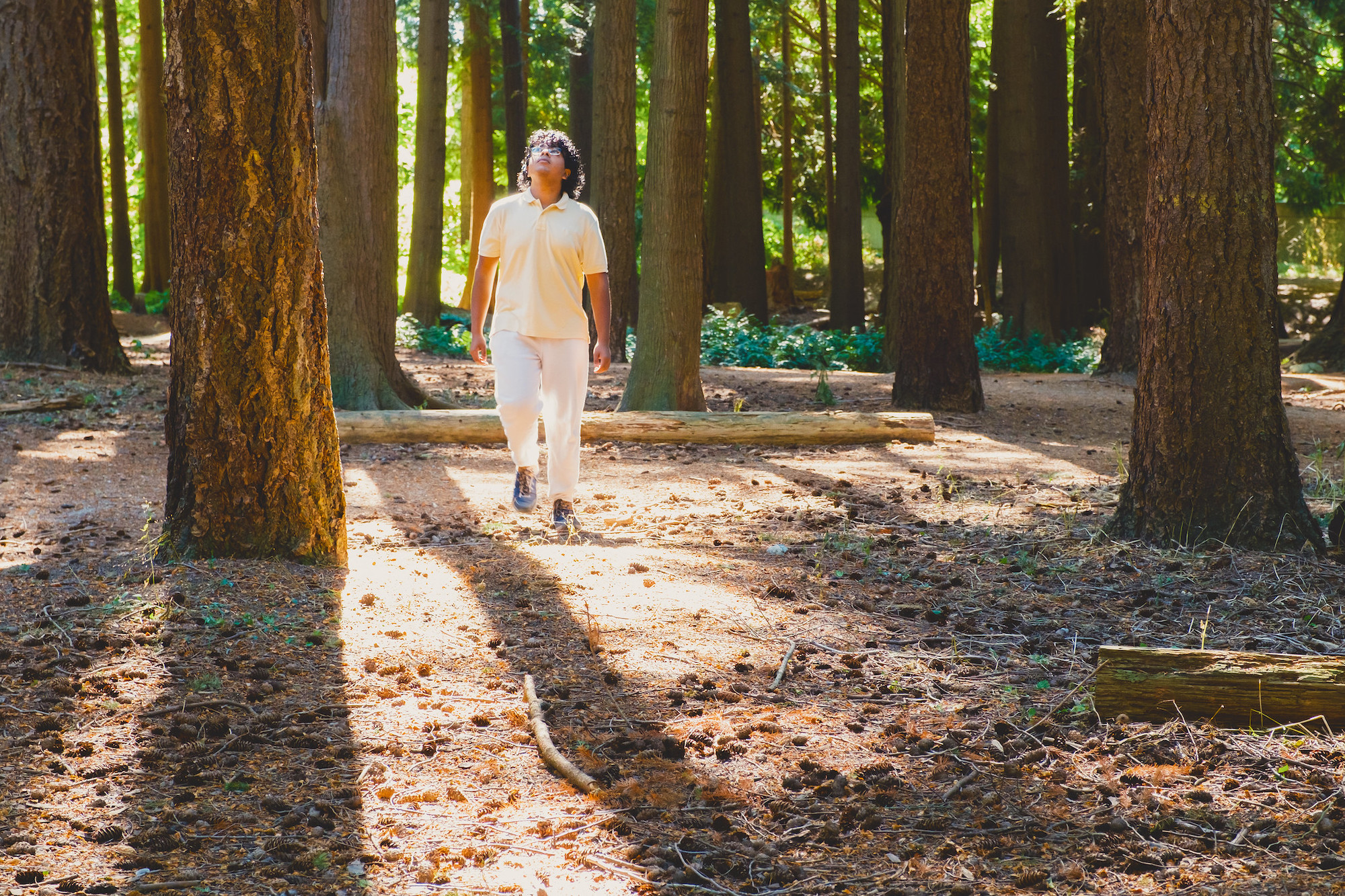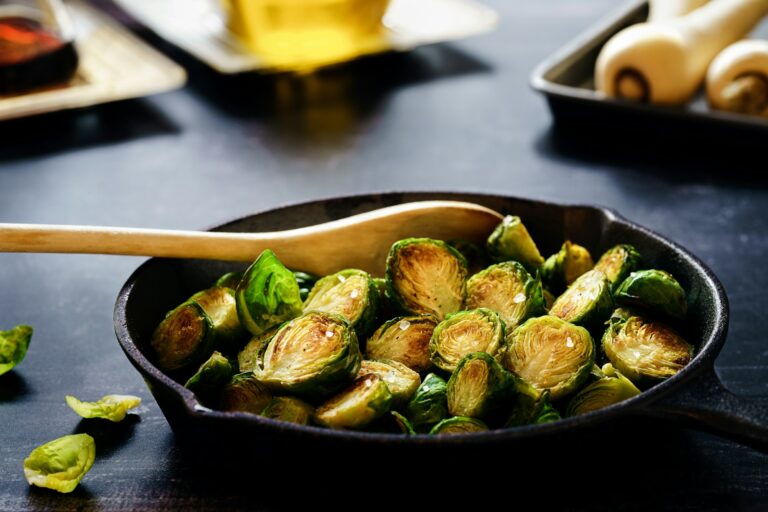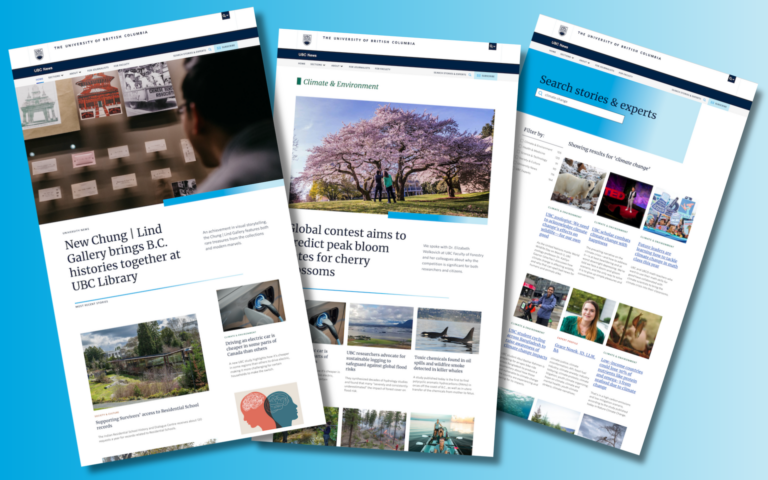Urban green spaces that beat the heat: Tips from a UBC expert
Dr. Andrew Almas, an assistant professor of teaching in the faculty of forestry at UBC and an urban forestry expert, shares tips on how we can plant green spaces that are adapted to a changing climate.

Student walking amongst pine trees on the UBC campus in Vancouver. Photo credit: UBC Faculty of Forestry/Paulo Ramos

With climate change accelerating, our cities and spaces are expected to get hotter, experiencing intense heat waves as well as drought and water shortages in many regions.
Drought-tolerant gardens have become increasingly popular in an effort to create cooling, sustainable landscapes that require minimal water.
Dr. Andrew Almas, an assistant professor of teaching in the faculty of forestry at UBC and an urban forestry expert, shares tips on how we can plant green spaces that are adapted to a changing climate.
How do heat waves and other extreme weather conditions impact our cities?
Hot, dry conditions can worsen drought and create conditions suitable for wildfire, as well as increase the urban heat island effect. As buildings, roads and other infrastructure absorb heat, temperatures around them can be several degrees hotter compared to outlying regions. Rising temperatures pose a significant health threat, especially for those who lack access to cooling, and older adults, children, people with chronic health conditions, and outdoor workers. In 2021, the western heat dome claimed 619 lives across B.C., making it Canada’s deadliest weather event. Extreme temperatures also negatively affect air quality, increasing smog and particulate matter, which are concerning for respiratory health.
Research shows that green spaces, whether it’s a large urban park, a small backyard garden or a row of street trees, can have a cooling effect. How can park planners, urban foresters and other practitioners modify these spaces to adapt to new climate conditions?
It is crucial to provide ample shade and drought resistance in landscaping plans to combat the scorching heat and address increasing temperatures and water shortages. Such landscapes are designed to endure harsh conditions by incorporating resilient plant species and implementing efficient irrigation systems where necessary. The focus should be on selecting and maintaining plants that can thrive with limited water availability and utilizing methods that minimize water waste. For example, Metro Vancouver has recommended planting resilient tree species such as Garry oak (Quercus garryana), shore pine (Pinus contorta) and deodar cedar (Cedrus deodara) that can withstand heat and drought. Additionally, assisted migration, selectively relocating plant species to more suitable areas, is being considered as a longer-term solution. These measures aim to create resilient green spaces that can thrive now and in changing climates, ensuring the long-term enjoyment and ecological benefits for communities.
How can residents help ensure their green spaces are drought-resistant, protect against extreme heat, or are climate change-resistant?
Residents can consider planting native and drought-tolerant plants like Oregon grape (Mahonia aquifolium), Douglas maple (Acer glabrum) and snowberry (Symphoricarpos albus). Preserving existing trees, especially mature ones, is the most effective method for maintaining resilient landscapes, as mature trees produce vastly more ecosystem services like shading, cool through moving water into the atmosphere and retain soil moisture, all of which are crucial during drought and extreme heat. Residents can also practice water conservation with methods like reusing greywater—the relatively clean waste water from baths, showers and the like—and rainwater collection.
Ultimately it comes down to taking responsibility as stewards of our green spaces by maintaining large trees wherever possible and watering and caring for shade trees and plants during establishment and drought periods.
Anything else?
When creating climate change-resistant green spaces, it is crucial to balance competing priorities and consider tradeoffs. This means making decisions that preserve biodiversity while prioritizing drought-resistant plants, finding a balance between water conservation and aesthetic appeal, and considering the unique characteristics of each green space and the community values. By navigating these complexities, we can start to achieve sustainable and resilient green spaces.
Interview language(s): English
Related event:
Urban Forestry Webinar: Managing Complex Ecosystems
June 15, 12 – 1 p.m.
Register here



